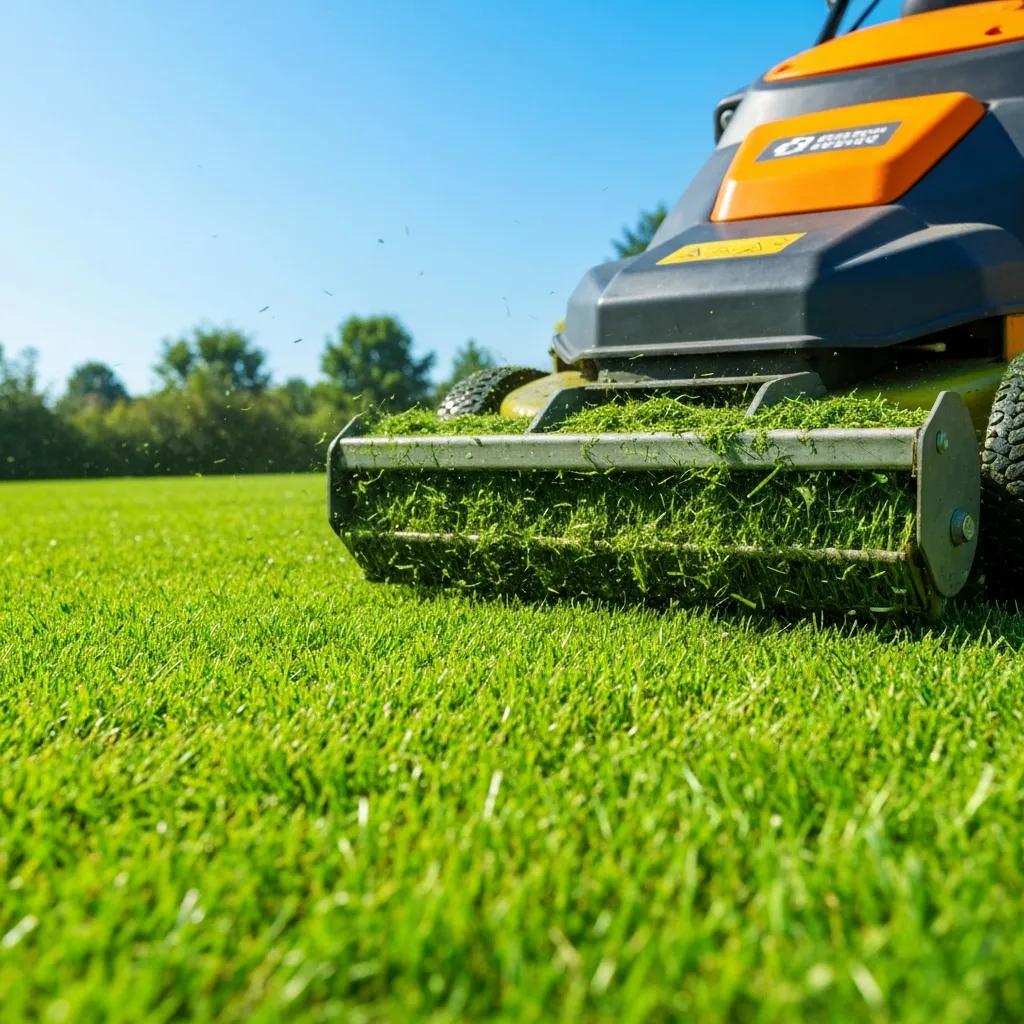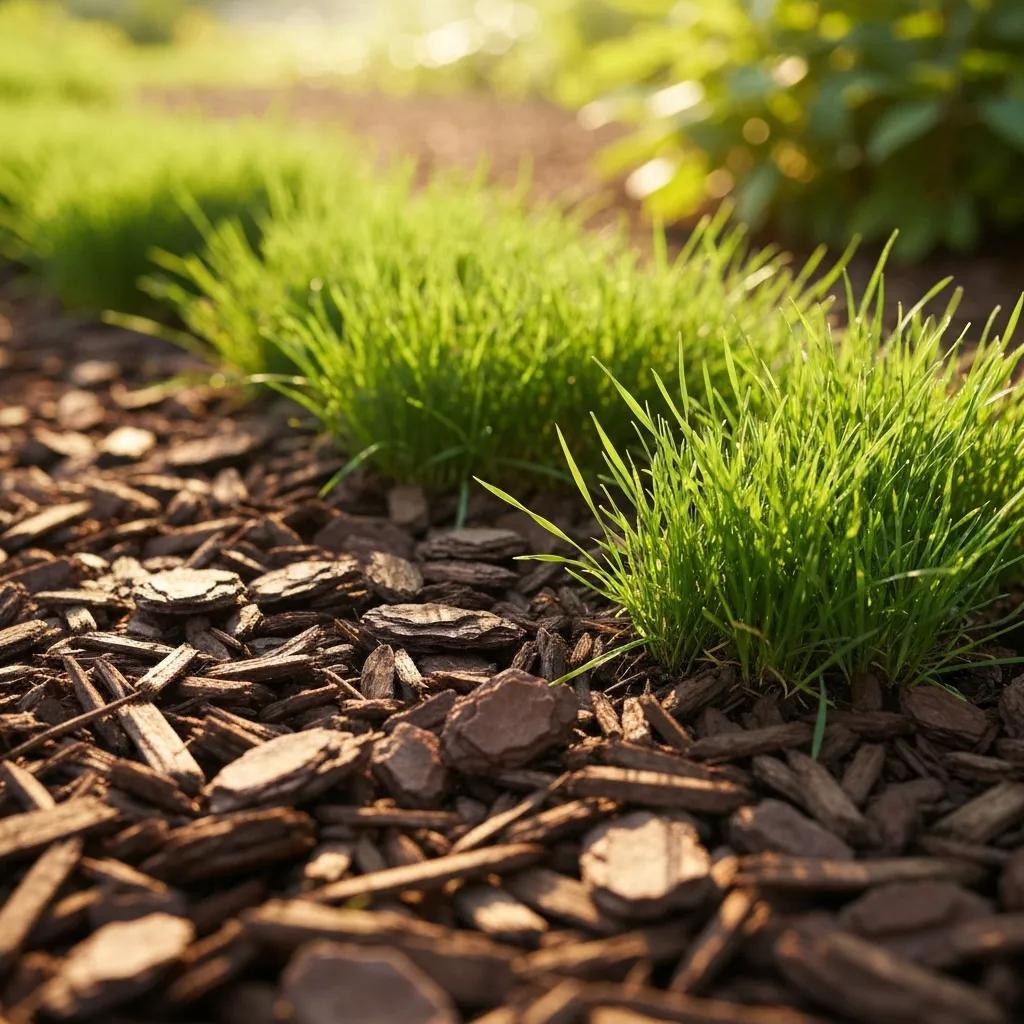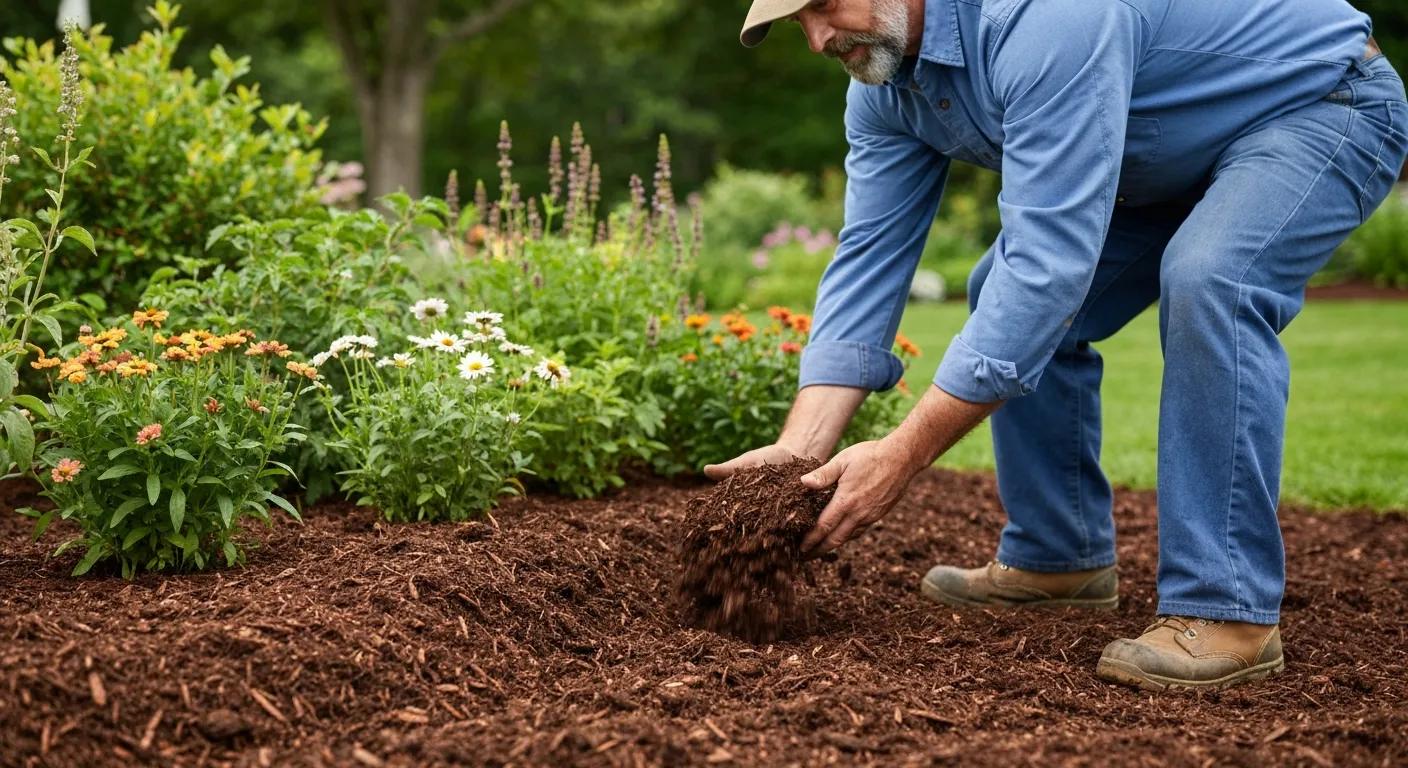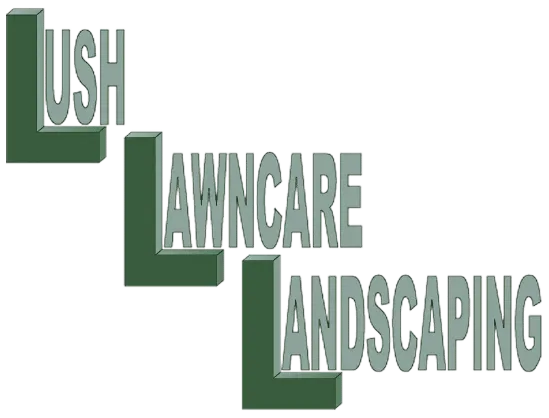Discover How Mulching Benefits Transform Your Lawn Health

Mulching as you mow is an easy, low-cost way to return organic matter to your turf. Left-on grass clippings and shredded leaves feed soil life, improve structure, hold moisture and help keep weeds down so your lawn stays stronger with less watering and fertilizing. This guide walks through the core benefits of mulching for Richmond Hill and Aurora lawns, explains the right materials and timing for clay and loam soils, and shares practical techniques you can use right away. If drought, weeds or uneven soil worry you, proper mulching reduces irrigation needs and protects roots. Read on for clear how-tos, weed-control tips, a comparison of mulch choices, seasonal checklists, and why local expertise matters. When you want local help, Lush Lawncare & Landscaping offers Richmond Hill and Aurora experience and a free estimate to match mulching strategies to your property.
What Are the Key Benefits of Mulching for a Healthy Lawn?
Mulching for lawn health means returning finely cut organic material to the turf so it breaks down and nourishes soil life. Grass clippings and shredded leaves decompose and release nitrogen and carbon that feed microbes and roots. The outcome: turf that tolerates heat better, sheds less runoff, and needs less extra fertilizer and irrigation. Below are the main, measurable benefits that make mulching worth doing.
Mulching provides several measurable benefits for turf and soil:
Natural fertilization: Decomposing clippings release plant-available nutrients.
Moisture retention: Surface organic matter reduces evaporation and evens out soil moisture.
Weed suppression: A consistent organic layer reduces light for weed seed germination.
Temperature and erosion control: Mulch moderates soil temperature swings and slows surface erosion.
Together these benefits cut maintenance time and improve resilience. Next we look closer at how mulching boosts soil fertility. maintenance.
How Does Mulching Improve Soil Health and Fertility?
Mulch adds organic matter that improves soil aggregation, porosity and microbial diversity—factors that increase nutrient availability to grass roots. As clippings and compost decompose they release nitrogen, phosphorus and potassium over weeks to months, providing steady nutrition instead of a single spike. For Richmond Hill and Aurora lawns that can mean faster recovery after summer stress and deeper roots going into winter. Knowing these processes helps you time and manage mulch inputs for the best results.
Grass clippings: Provide quick-release nitrogen, typically released in 2–8 weeks depending on moisture.
Leaf mulch: Offers slow-release carbon and micronutrients, released over several months through winter.
Compost mulch: Delivers balanced N-P-K and structure, stabilizing soil biology over 1–3 months.
This quick overview shows how different organic inputs feed soil life and why mixing fast and slow sources balances nutrition.
In What Ways Does Mulching Help Retain Moisture and Conserve Water?
Mulch shades the soil and creates a porous insulating layer that holds moisture near the roots, improving drought tolerance and cutting irrigation frequency. When particle size and layer thickness are right, rainfall soaks in while surface drying slows—an important advantage during Richmond Hill and Aurora’s warm summers. Consistent mulching, combined with deeper, less frequent watering, typically reduces overall lawn water use.
How Can Mulching Naturally Suppress Weeds and Protect Your Lawn?

Mulching limits weed growth by blocking light to weed seeds and forming a physical barrier that makes seedling emergence harder. It also helps build dense, healthy turf through better nutrition and moisture—grass that crowds out opportunistic weeds. Note: over-mulching can create soggy, compacted spots or attract pests, so correct depth and material choice matter. Below we explain how mulching blocks weeds and share practical dos and don’ts to avoid common mistakes.
Mulching works as a natural weed barrier through several mechanisms:
Blocks sunlight: Prevents many small-seeded weeds from germinating.
Physically impedes seedlings: Thick or compact layers make emergence difficult.
Improves turf competitiveness: Healthier grass naturally suppresses weeds.
These mechanisms cut down long-term maintenance and set the stage for homeowner practices that maximize control.
Why Is Mulching an Effective Natural Weed Barrier?
By limiting light and creating an inhospitable surface for fragile seedlings, mulching reduces new weed emergence and gradually lowers the weed seedbank. Pairing mulching with cultural practices—mowing at the right height and seasonal feeding—densifies turf and further limits weeds. A practical tip: keep clippings scattered and thin rather than packed into a mat so air and water still move through the surface while light is blocked.
What Are the Risks of Over-Mulching and How to Avoid Them?
Too much mulch can smother crowns, trap moisture, and create low-oxygen (anaerobic) patches that invite rot or pests. Prevent problems by monitoring layer depth, spreading material thin and even, and keeping mulch away from plant crowns and tree trunks so air can circulate. If you see soggy spots or thinning turf, rake and thin the layer and let the surface dry—this restores healthy root respiration and soil biology.
Which Mulching Techniques and Materials Work Best for Richmond Hill and Aurora Lawns?
Success depends on matching method and material to your lawn’s goals and soil type. Common approaches include grasscycling for routine nutrient return, leaf mulching for winter protection, and shredded bark for beds and borders. Clay areas in Richmond Hill and Aurora benefit from finer organics that improve structure, while well-drained sandy spots tolerate coarser mulch. Apply materials in thin, frequent layers with an eye to particle size to encourage decomposition without creating thatch.
Different mulch materials suit distinct lawn needs in Richmond Hill and Aurora:
Grasscycling: Best for routine lawn mowing, providing quick nutrients at low cost, especially with short-cut material.
Leaf mulch: Ideal for winter protection and slow nutrition, offering high carbon and protecting crowns, though it may mat if not shredded.
Shredded bark / wood chips: Best for beds and borders, known for being long-lasting and aesthetically pleasing, but slow to release nutrients.
Compost mulch: Excellent for soil amendment and seedbeds, providing balanced N-P-K and structure, stabilizing soil biology over 1–3 months.
This comparison helps you pick a material that matches soil type and maintenance goals and clarifies timing and application choices.
What Types of Mulch Are Ideal for Different Lawn Needs?
Grasscycling returns soluble nitrogen quickly and works well for frequently mown lawns that need steady nutrition. Leaf mulch gives winter insulation and slow organic matter suited to deciduous properties. Wood chips and shredded bark look nice and last longer in beds but don’t feed turf quickly. Compost is a top choice for improving compacted or clay soils by rebuilding structure and biology. Start with your primary goal—nutrient return, winter protection or structural improvement—and choose material and timing from there.
Grasscycling: Best for frequent mowing and steady nutrient return.
Leaf mulching: Best for winter protection and slow soil enrichment.
Wood chips: Best for decorative beds and erosion control.
Picking the right type gets you ready for seasonal timing and proper application.
When and How Should You Apply Mulch for Optimal Lawn Health?
Timing and application matter. Use grasscycling during active growth, shred and apply leaves in late fall for crown protection, and add heavier wood mulches to beds in spring or fall. Best practices include mowing at a moderate height, using a mulching blade, and keeping clippings loose rather than compacted. Follow this seasonal checklist to keep mulching balanced: spring cleanup, steady summer mulching, fall leaf shredding, and winter protection where needed. A consistent routine helps your lawn stay resilient year-round.
Spring: Clear debris and start light grasscycling as growth resumes.
Summer: Keep up frequent mulching during active growth and watch moisture.
Fall: Shred leaves and apply leaf mulch to protect crowns over winter.
Tools: Use a mulching mower and leaf shredder to control particle size.
This simple schedule gives homeowners an easy implementation path and shows how local conditions affect timing. Lush Lawncare & Landscaping can carry out these techniques on-site and provides site-specific recommendations plus a free estimate to match materials and timing to your property.
Why Choose Professional Mulching Services in Richmond Hill and Aurora?

Professional mulching brings a full site assessment, the right material choices and careful application that reduce risks such as over-mulching while maximizing long-term turf benefits. A trained provider evaluates soil, slope and turf needs, then recommends grasscycling, leaf mulch or compost as appropriate to deliver measurable improvements. For busy homeowners and commercial properties across Richmond Hill and Aurora, hiring a pro saves time and ensures consistent results through the seasons. Below we map a typical professional process to expected outcomes.
While this guide focuses on mulching, Lush Lawncare & Landscaping offers a broad range of outdoor services to improve your property. That includes expert hardscaping—custom patios and walkways designed to complement a healthy lawn and garden.
Site assessment: Involves soil and turf evaluation, leading to accurate material and depth selection.
Material selection: Choosing between grasscycling, leaf mulch, or compost for optimized nutrient and moisture performance.
Precision application: Ensures correct distribution and depth control, reducing over-mulching risk and promoting better rooting.
Follow-up guidance: Provides maintenance advice and a schedule for sustained improvement and water savings.
This process-to-outcome map shows how professional steps produce visible lawn-health improvements—and why skilled application matters.
How Does Lush Lawncare’s Mulching Process Enhance Lawn Health?
Lush Lawncare & Landscaping starts with a site visit to match mulch type and depth to your soil and turf, then uses the right equipment to avoid compaction and buildup. Assessment, material selection, careful application and homeowner guidance translate into better moisture retention and steady nutrient release. Our local experience across Richmond Hill, Aurora, Newmarket, Vaughan and Markham means recommendations reflect Richmond Hill and Aurora microclimates and soils. Working with a pro speeds reliable, lasting improvement.
Assessment: We evaluate soil type and turf condition.
Selection: We match mulch material to your goals.
Application: We ensure correct depth and even coverage.
Alongside mulching, Lush Lawncare & Landscaping provides services to boost curb appeal and function, including professional interlocking for durable, attractive patios, walkways and driveways.
These steps reduce maintenance headaches and show why Lush Lawncare is a strong local choice.
What Makes Lush Lawncare the Best Choice for Mulching in Richmond Hill and Aurora?
Local expertise: Recommendations tuned to Richmond Hill and Aurora soils and climate.
Comprehensive services: Mulching integrated with fertilization and cleanup.
Customer focus: Clear guidance and a free estimate to get you started.
Those qualities make professional mulching a practical investment for healthier, lower-maintenance lawns.
Frequently Asked Questions
What is the best time of year to apply mulch for optimal lawn health?
Timing depends on the mulch. Grasscycling works best during active growth in spring and summer. Shredded leaf mulch is ideal in late fall to protect crowns over winter. Heavier mulches like wood chips are usually applied in spring or fall. The right timing ensures moisture retention and nutrient release without smothering grass.
How can I tell if I am over-mulching my lawn?
Watch for soggy patches, thinning turf or a sour, anaerobic smell—signs of too much mulch. Check depth and distribution: a thin, even layer that lets air and water through is what you want. Raking and thinning compacted areas restores healthy soil respiration and turf vigor.
Can mulching help with pest control in my lawn?
Mulching supports a healthier lawn that can better resist pests. Strong, well-nourished turf outcompetes weeds and reduces habitat for many pests. That said, overly thick or wet mulch can attract pests like slugs, so proper depth and management are important. For further assistance, check out maintenance resources.
What are the environmental benefits of mulching?
Mulching reduces reliance on chemical fertilizers and pesticides by building soil health and biodiversity. It conserves water by cutting evaporation and helps support a thriving microbial community. Taken together, these benefits make mulching a more sustainable lawn-care choice.
How does mulching affect lawn mowing frequency?
Leaving clippings on the lawn can reduce how often you need to fertilize, and healthier turf often requires less frequent mowing. Still, regular mowing keeps your lawn at the right height—mulching complements good mowing practices rather than replacing them.
What should I do if my mulch is attracting unwanted animals?
If animals are a problem, try switching material or changing how you apply it. Coarser mulches such as wood chips may be less attractive than fine, loose material. Keep mulch layers tidy, avoid excessive thickness, and remove debris that provides shelter.
Is it necessary to remove old mulch before applying new mulch?
Not always. If the old mulch is compacted or heavily decomposed, removing or turning it can improve air and water flow. If it’s still in good condition, you can add a fresh, thin layer—just keep the total depth appropriate for moisture retention and weed suppression. lawn cares
Conclusion
Correct mulching boosts lawn health—improving soil fertility, conserving moisture and reducing weeds—while cutting maintenance over time. For best results, match materials and timing to your yard and consider professional help to tailor a plan. Learn how Lush Lawncare & Landscaping can help your Richmond Hill and Aurora lawn thrive—reach out for a free estimate and site-specific recommendations.
